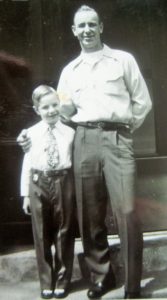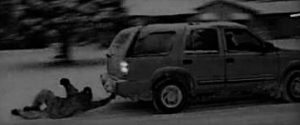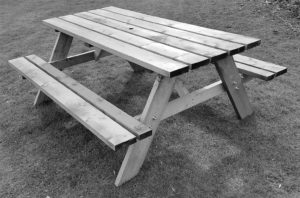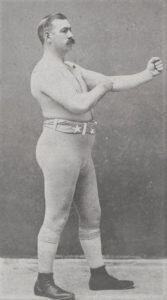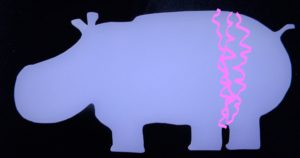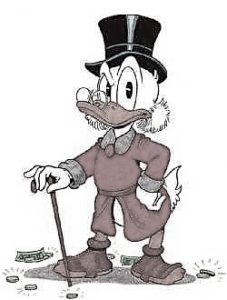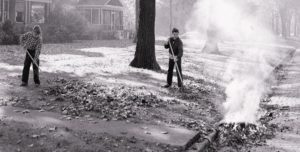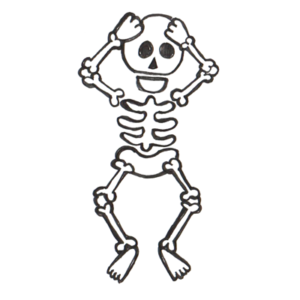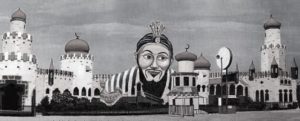
They tore it all down while I was in Viet Nam. It was the place I spent a lot of money and time enjoying myself as a pre-teen and teenager. It was one of the last places I went to before going into the army and one of the first places I wanted to go back to when I was discharged. They tore down Riverview Park in 1968.
Riverview Park had been around since the turn of the century when some Germans decided they wanted to make a picnic grounds and rifle range out of an old North side dumping ground located along the Chicago river. It’s where my great-grandfather sold his beer. The park continually expanded with rides and attractions and became a famous super-carnival located at Western and Belmont Avenues on the North side of Chicago.
You knew it was summer when Two Ton Baker (another story) came on the radio or television inviting you to laugh your troubles away (for a few dollars). I first went there with my parents when I was nine or ten years old. I went on the kiddie rides like the Caterpillar and miniature train for the most part but longed for the day I could attempt the bigger and scarier rides, especially the roller coasters. There were a variety of coasters. All wooden frame that clattered and rattled as the cars full of visitors rode over the wooden trestles. There was the Silver Streak, Blue Streak, the Bobs and Flying Turns and a few others. The Flying Turns was originally named the Bobs and was transported from the Worlds Fair. The tracks would suddenly disappear as you entered and careened around a semi-tubular structure just like a bobsled run. How the cars got back on track is a mystery to me.
Every summer, as I recall, there was a front page article of someone falling off one of the roller coasters. There would be a black and white photo with a dotted line to show the path down of the unfortunate individual who did not keep his hands on the bar, or who moronically stood up during the coaster’s descent.
Before the days of mega theme parks such as Great America, for us Chicago kids there was Riverview Park and you could get there easily by a ten cent bus ride. We waited impatiently as the summer drew near to be able to once again go to the park with the nickles and dimes we saved all winter. We could be assured that our favorite rides and attractions would still be there along with one or two new additions. And, as a teenager, it was a place to meet girls.
There were even special discount, five and ten cent ride days, days where you could go to a local business and pick up a coupon good for four discounted rides and free admission. By the 1960’s, Riverview was losing money. Free admission and discount coupons were used by kids who came to assemble at the park and spend the day but, after using the coupons, simply hung around, spending little more cash.
The park had a myriad of attractions. There was Aladdin’s castle, a centerpiece in the park and was sort of a haunted/fun house with twists and turns that you walked through, including a device in the front of the castle where, when young ladies walked across, would blow their skirts up in the air for all to see. There was also a smaller building called Hades located near the river but most of us stayed away from that since river rats kinda called it home.
There was a large selection of carnival booths, shooting galleries, penny arcades and ring toss games. You could toss a ping pong ball and if it landed in one of the bowls, go home with a goldfish. You could win stuffed animals, cupie dolls and chalk figurines (which now are worth some money on Ebay!). Or, you could, for a penny, watch a hula dance where cards flipped over to give the illusion of action, or, for another penny, receive a funny certificate or a photo card of cowboy heroes or beach bunnies.
There were concessions where you could purchase cotton candy, hot dogs , ice cream and soda and then go on the Tilt-a-Whirl and throw up. I especially liked one ride which was simply a large bucket suspended on cables, with a front rudder you could manipulate and steer the contraption high or low. I think it was called the Flying Wing. It was my favorite ride which I spent numerous “let’s ride again for five cents” times. Soaring above the tree line and buzzing over the heads of passers-by, I pretended I was a flying ace.
One attraction I vividly remember as a child was the Dunk-em stalls. This was a area consisting of two or three large cages where you threw baseballs at a target hoping to connect and dunk the person sitting in the cage on a platform, into the water below. The cages had a wire front and the individuals behind it were clearly visible. And Black.
I didn’t fully understand the implications back then, but middle age black men ( you didn’t see many Black folks at the park in the late 1950’s) would be sitting in the cages hurling insults at passers-by who would then pay ten cents (3 for a quarter) for a baseball to hurl at the target in hopes of dunking the smart-mouth. So just imagine a group of White people, young and old throwing baseballs at a target to dunk a Black man into the water while they also hurled epithets at one another. Sometimes it did get a little heated where, in frustration, the pitcher threw the ball directly at the person in the cage rather than the target! and although I didn’t participate (since my aim and throwing arm were bad), I did hang around and watch. I can now imagine the Black employee going home after a day of insults and dunking saying to his family, “I sure pissed off a few White folks today!”
As you walked down the Midway, there was an attraction which had real monkeys chained to miniature racing cars. You would put your dime on a color and watch the race as the monkeys sat in the cars in a stupor, riding around in a large circle. I recall another attraction that employed baby chicks, but dont remember what it was about. And there was the Side-Show with bearded ladies, overly obese people and, what were called then, freaks. I never went into that area, preferring the roller coasters and flying wing!
When I returned from Viet Nam in 1969, I vowed to make one last journey to the park. After being discharged and trying to assimilate back into society, I took a trip down to the area which was leveled but not yet developed. I strolled around the area remembering the midway, the location of the rides I enjoyed and then became an amateur archeologist, digging in the rubble for remnants of a childhood past. I spent many afternoons in 1970 with pick and shovel as I, and a few others, dug around the area, occasionally coming up with a bottle or small figurine or dish.
You might say, I was happy down in the dumps.
